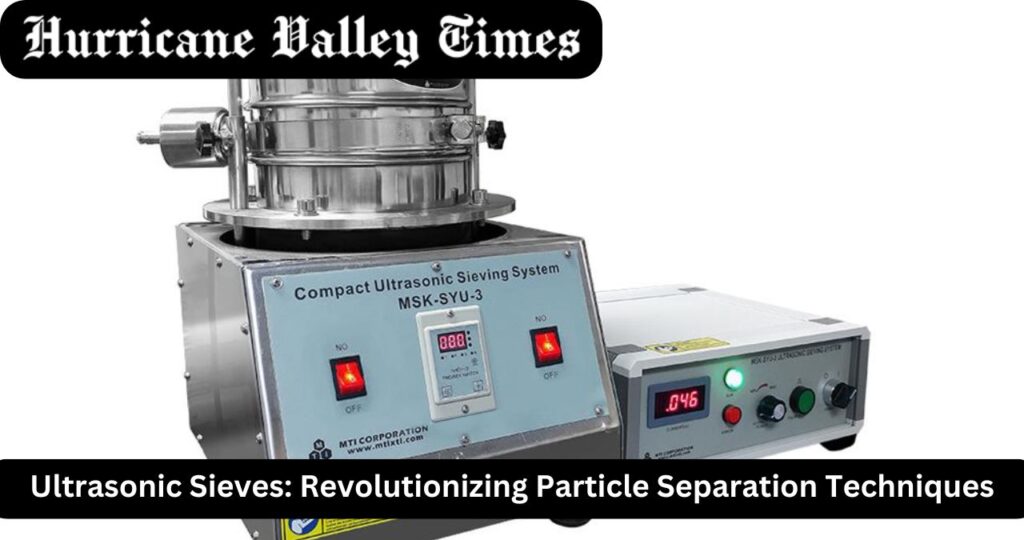In the world of industrial processing, the need for effective particle separation is paramount. Traditional sieving methods often fall short, leading to inefficiencies and compromised product quality. Enter ultrasonic sieves, a cutting-edge technology that is transforming the way particles are separated in various industries. By harnessing ultrasonic waves, these innovative devices improve separation efficiency, reduce contamination, and enhance overall productivity. This article delves into the workings of ultrasonic sieves, their applications across different sectors, and the benefits they offer over conventional separation techniques.
Understanding Ultrasonic Sieving Technology
Ultrasonic sieves utilize high-frequency sound waves to enhance the separation process during sieving. The technology works by generating ultrasonic vibrations that create a standing wave pattern across the sieve mesh. These vibrations induce a rapid oscillation of particles, preventing them from clumping together and allowing for better flow through the mesh. This unique mechanism reduces the chances of blinding, where particles clog the sieve openings, thus maintaining a consistent flow rate and ensuring a more efficient separation process.
Applications of Ultrasonic Sieves
Ultrasonic sieves are employed across a myriad of industries, showcasing their versatility and effectiveness. In the pharmaceutical sector, for example, they are used to separate active pharmaceutical ingredients (APIs) from excipients, ensuring the purity and consistency of drug formulations. The ability to achieve precise particle size distribution is crucial in this field, as it directly impacts the efficacy of the medication.
Advantages Over Traditional Sieving Techniques
One of the most significant advantages of ultrasonic sieves is their ability to increase throughput. Traditional sieving methods often require multiple passes to achieve the desired level of separation, leading to longer processing times. In contrast, ultrasonic sieves can achieve the same results in a single pass, significantly reducing processing time and labor costs. This efficiency translates into increased productivity for manufacturers, allowing them to meet growing market demands.
Enhancing Product Quality and Consistency
Another critical aspect of ultrasonic sieves is their contribution to product quality and consistency. By achieving precise particle size distribution, these devices ensure uniformity in the final product. In the pharmaceutical industry, for instance, consistent particle sizes can lead to more reliable drug absorption rates, enhancing therapeutic efficacy. Similarly, in the food industry, uniform particle sizes can improve the texture and flavor of products, leading to higher consumer satisfaction.
Future Trends and Innovations in Ultrasonic Sieving
As industries continue to evolve, so too does the technology behind ultrasonic sieves. Ongoing research is focused on enhancing the efficiency and effectiveness of these devices. For instance, advancements in transducer design and materials science are leading to more robust and energy-efficient ultrasonic systems. These innovations are expected to reduce operational costs and improve performance, making ultrasonic sieves even more appealing to manufacturers.
Conclusion: The Future of Particle Separation
Ultrasonic sieves represent a significant advancement in particle separation technology, offering numerous benefits over traditional methods. Their ability to enhance efficiency, reduce contamination, and improve product quality positions them as a valuable tool across various industries. As technology continues to evolve, the potential applications and capabilities of ultrasonic sieves are likely to expand, further solidifying their role in the future of particle separation. Manufacturers looking to optimize their processes should consider integrating ultrasonic sieves into their operations, as they are poised to deliver significant improvements in productivity and product quality.


